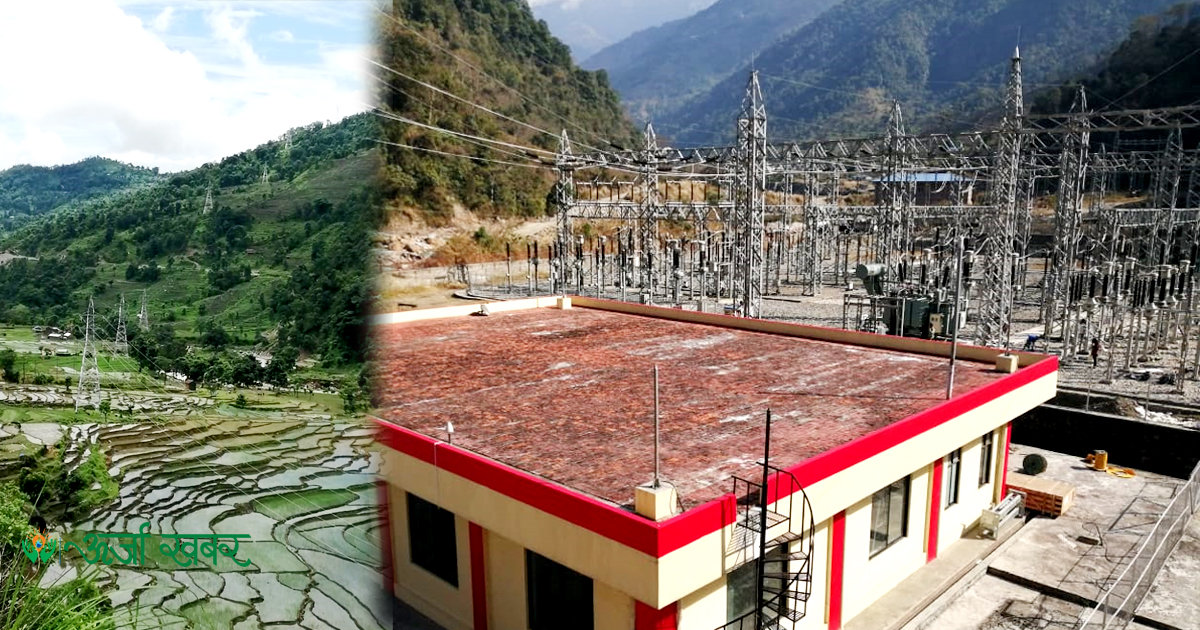Energy Update
Nepal-India long-term PPA formally signed; will India allow to export without discrimination?

Kathmandu: The long-term power purchase agreement (PPA) between Nepal and India has signed during the Joint Commission (JC) meeting held on the occasion of the visit by Indian External Affairs Minister S. Jaishankar.
During the signing program on Thursday, Gopal Prasad Sigdel, Secretary of the Ministry of Energy, Water Resources, and Irrigation, and his Inidan counterpart Pankaj Agrawal signed the long-term PPA in the presence of Energy Minister Shakti Bahadur Basnet and Indian External Affairs Minister Jaishankar. The signed PPA holds significance as it paves the way for a pre-agreement on the trade of 10,000 MW of electricity over the next 10 years.

This agreement reached during the visit of Prime Minister Pushpa Kamal Dahal. At the same time, Indian Prime Minister Narendra Modi expressed interest in importing electricity from Nepal on a long-term basis. Even though India is showing positivity towards Nepal's electricity imports but based on past examples, the question arises: will India accept Nepal's electricity with a generous heart? It appears that Nepal's foreign and diplomatic policy should continue to work on this
The Indian central cabinet has already approved the agreement regarding electricity import. Following this consent, various Indian governmental and private companies will engage in medium and long-term power purchase and sales agreements. The private sectors of both Nepal and India can engage in electricity import and export through agreements.

During a press meet held on the occasion of Prime Minister Dahal's visit to India, he commented that electricity export is a significant and historical issue between the two countries. After thorough preparation, proficiency has been achieved.
The government has formulated a long-term energy development strategy with the goal of generating 28,500 MW in the next 12 years. In this strategy, Nepal set to target 13,000 MW for domestic consumption, while targeting the export of 15,000 MW to neighboring countries. Prior to this, India had granted Nepal permission to trade 632 MW of electricity in the Indian market. The private sector also welcomed the agreement, considering it a milestone for energy development.
Three Cross-Border Transmission Lines Inaugurated
During this program, Foreign Minister Narayan Prasad Saud and his counterpart S. Jayshankar jointly inaugurated three cross-border transmission lines.
The Mainhiya (Nepal)-Sampatiya (New Naunatawa, India) 132kV transmission line, Kushaha (Nepal)-Kataiya (India) 132kV second circuit transmission line, and Parwanipur (Nepal)-Raxaul (India) 132kV second circuit transmission line project has been inaugurated.
Despite two lines being in operation before the inauguration, a second circuit has been added. Each circuit of the Raksaul-Parwanipur, Kushaha-Kataiya transmission lines was operational. Another circuit has been added to these transmission lines, resulting in the construction of a double circuit.
Conversation
- Info. Dept. Reg. No. : 254/073/74
- Telephone : +977-1-5321303
- Email : [email protected]














